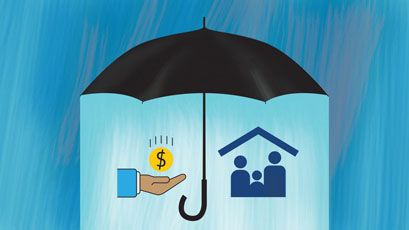Classified Data
The term "Classified Data" refers to information that has been designated as sensitive or confidential by an individual, organization, or government entity. This type of data is typically restricted in terms of access, use, and distribution to protect it from unauthorized disclosure, ensuring privacy, security, or strategic interests are maintained.
Definition and Meaning
In its simplest form, classified data is information that is not intended for public release. It is often categorized based on the level of sensitivity and the potential impact of its exposure. For example, in governmental contexts, classified data might include military secrets, intelligence reports, or diplomatic communications. In the private sector, it could encompass trade secrets, personal identifiable information (PII), or proprietary business strategies.
Levels of Classification
Classified data is often organized into tiers or levels, depending on the degree of protection required. Common classification levels include:
- Top Secret: The highest level of classification, where unauthorized disclosure could cause exceptionally grave damage to national security or organizational integrity.
- Secret: Information that, if exposed, could cause serious harm but is less sensitive than top-secret data.
- Confidential: Data that could cause damage or be prejudicial if disclosed, though the impact is less severe than higher classifications.
- Restricted: Information meant for limited distribution, often within an organization, but not necessarily posing a significant threat if leaked.
Examples and Applications
In practice, classified data appears in various domains. For instance, a government might classify details about a new defense system to prevent adversaries from gaining an advantage. Similarly, a company might classify customer data, such as credit card numbers or medical records, to comply with privacy laws like the General Data Protection Regulation (GDPR) or to safeguard its reputation.
Handling and Protection
To manage classified data, strict protocols are often enforced. These may include encryption, access controls, secure storage, and legal agreements like non-disclosure agreements (NDAs). Individuals handling such data are typically required to have appropriate clearance or authorization, and violations can lead to severe penalties, including legal action.
In conclusion, classified data represents a critical concept in information management, balancing the need for secrecy with the demands of security and privacy. Its proper handling is essential to protecting sensitive information in an increasingly interconnected world.
